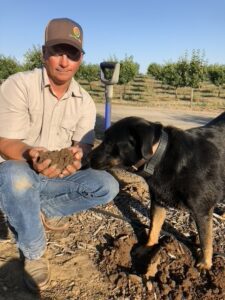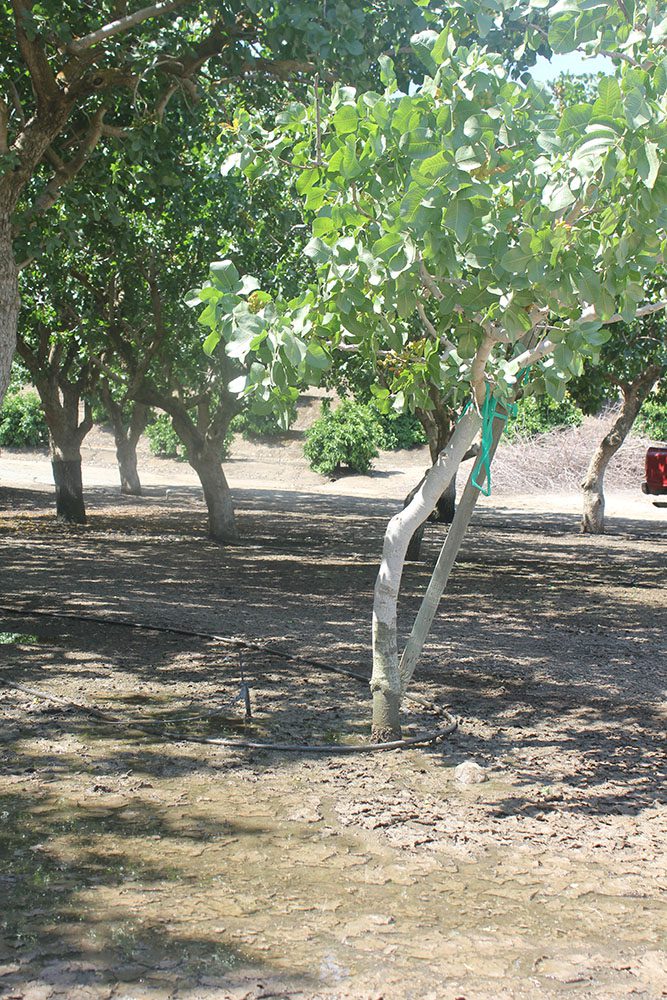When we look at soil tests and try to make sense of it all, it often seems like we are working a jigsaw puzzle. Not only do you need all the pieces, you need to see the big picture to be able to bring it to completion. One puzzle piece in a thousand puzzle pieces without the nuances of the colors and margins, it would be near impossible to make an optimal crop. In this case, for us growers, it’s a good yielding harvest with high quality. Those colors and shapes represent water, best management practices, timing and nutrition. Soil, solubility and the proper nutrient formulations play a major role in that process.
Soil
Looking at a soil sample report can be daunting even for an experienced crop advisor. We used to get caught up in a specific issue such as those perfect cation ratios, pH, TDS numbers or meq/L. While those play a huge part in our recommendations, every one of those has to be taken in context with each other. You can have the best level of PPMs or percentages by volume of an element, and not have any available. The acetate cation test is supposed to give you an example of what will become available this year. Even if we have a number as low as 1000 ppm of calcium, you multiply times two for every 6 inches of soil since its approximately 2,000,000 pounds per acre. Then you multiply times four to get the number for what 2 feet of soil should release this year. How would we ever be short with 8000 pounds of available calcium in our soil in a year. And yet we often are.
Solubility
So it’s solubility that must be the solution? Well, not exactly. A nutrient has to be soluble to be absorbed, that’s true. However, if its favorite life partner, the perfect anion, is in abundance, it’ll tie right back up quickly as things dry down. We need to balance our nutrients and make them soluble at the right time to match nutrient demand curves. These tell us when the tree wants what and how much.
Derivative
So it’s the derivative that’s the most important right? Many times, it’s a solution, yes, but again, taken in context. You can have a very soluble potassium as an example that should do the trick quite nicely. But loading up on muriate of potash might just be the straw that broke the camel’s back if chlorides are already high. Calcium sulfate in soils already high in sulfate may not work. Phosphorus may be almost impossible to get into a tree if calcium is high, or zinc is high, even if it’s an orthophosphate. Zinc sulfate, sprayed on a tree to knock the leaves off, isn’t getting into a tree if it went toxic and shed leaves? We have to be cognizant of what we are trying to do.

Biology
Active biology, that’ll do it, right? I’m hoping to give you something to hang your hat on, but again, not exactly. If you overwater, that biology may cause phytophthora, pythium, root rots, etc. We need to keep that moisture dialed in, well drained, pulse irrigated when able, and add some of those beneficial, active bugs. We can also manipulate the soil with specific carbon sources that feed biology and make it flourish. There are tests we can do to see how active your soil is presently and know if what you are doing has it going in the right direction.
Water
Know your water. Period. Just because you may be in an irrigation district and receiving surface water doesn’t mean it is as clean as you think. Check the pH, know the cation levels and bicarbonates. High-calcium water makes it very hard to inject phosphorus or iron into your fields. High-saline water is going to need leaching fractions to fix in the fall and winter. High-pH water will need supplementation to make most nutrients more available and soluble to the trees.
It’s extremely difficult for a grower with a million things going on all season to put it all together. Lean on your CCA to help you build a program. You have to deal with employees, financials, equipment and schedules to name a few. Have a trusted agronomist develop and analyze demand curves for you to apply the correct nutrients at the right physiological stages. Calculate the projected yields and match the application rates. Keep the good biology active with proper watering schedules for your infiltration rates and soil type. Add the good biology if need be, especially after fungicides, insecticides, herbicides and acid applications.
Add carbon sources to keep it all propagating and efficient. You’ll probably find savings in nutrients like nitrogen and potassium that are overapplied at the wrong times. That savings can go to more expensive but smaller-quantity nutrients like molybdenum, cobalt or silica that can make big impacts in vitality. I believe they call a chess master a grandmaster, but I don’t have a fancy name for what God made you to be, with everything you deal with. But Paul Harvey hit it right on the head when he described those that do some of the most beneficial work on the planet by saying, “So, God made a farmer.” There should be nothing puzzling about that statement.
















